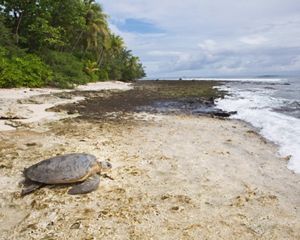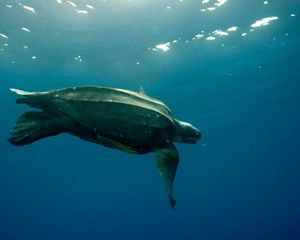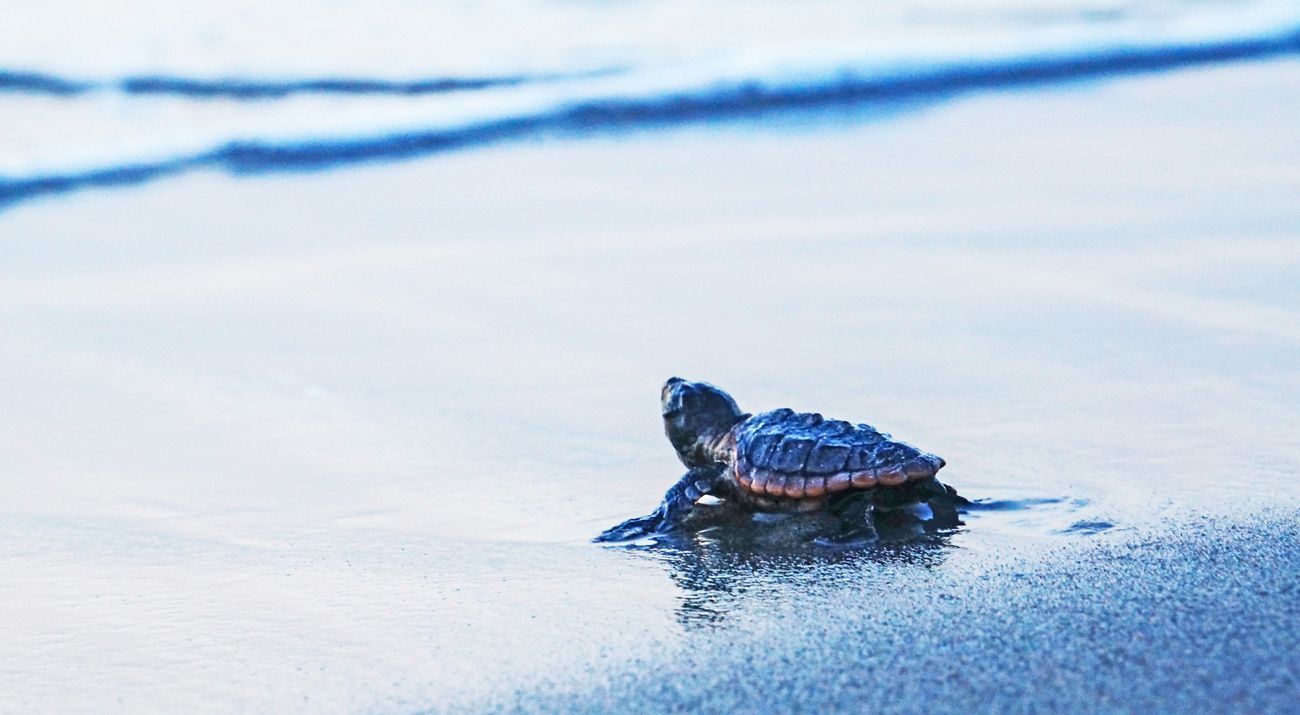
Sea Turtles at Blowing Rocks Preserve
TNC has been working to protect these majestic creatures in south Florida since the early 1980s.
Sea Turtle Rescue Program
Yes, they’re cute. And they’re tiny. And they waddle down the beach on a dangerous journey toward the surf to begin life in the ocean. Since the early ’80s, TNC’s team of biologists at Blowing Rocks Preserve on Jupiter Island have waited like nervous parents for the newborns to make their way into the water without incident.
The sea turtles have a tough go of it from the beginning, but we’re here to help. TNC staff and volunteers act as lifeguards to more than 100 hatchlings annually who needed a helping hand before getting into the water. Each year several mature breeding females and numerous hatchlings are rescued at Blowing Rocks.
Quote: Sarah Kittredge
Every morning during nesting season our team patrols the beach looking for turtles that need our help. A little bit of help can make a big difference.
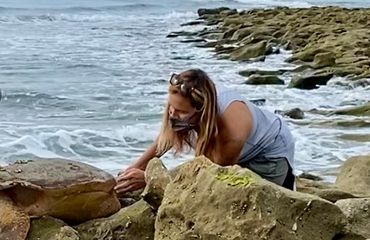
South Florida turtle nesting season runs from the beginning of March to the end of October. The little turtles face many challenges, even in the nest before they hatch. Storms and hurricanes can bury nests in sand destroying them or washing them out to sea. When hatchlings make it out of their nests and head toward the waves, they’re exposed to heat and predators, and must fight the odds against dehydration and birds, crabs, snakes, and raccoons.
At Blowing Rocks Preserve, the natural rock ridge of Anastasia limestone that runs along the beach creates spray from crashing waves at high tide. The rock has many crevices, and hatchlings can become stuck in the gaps when they begin their crawl from nest to sea.
“The Anastasia limestone that makes our beach so beautiful can create a challenge for turtles,” says Blowing Rocks Preserve Manager Cristin Krasco. “That’s why our Sea Turtle Rescue Program is essential. We provide nesting turtles and hatchlings that get caught in the rocks with safe passage.”
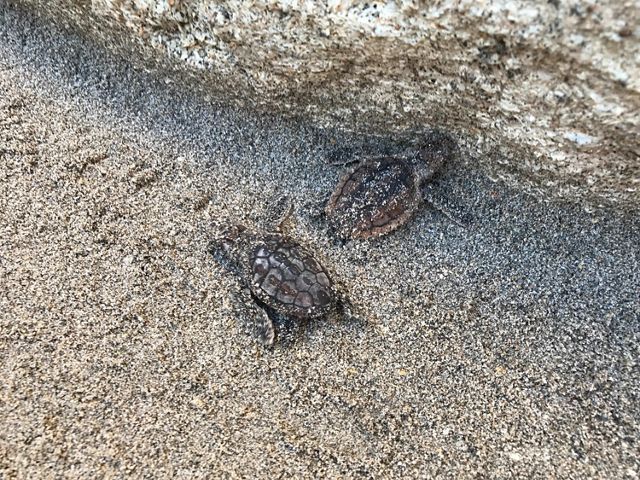
The sea turtles that nest at the preserve are federally listed as endangered or threatened. In fact, all species of turtles in Florida are listed. Leatherback, loggerhead, hawksbill, Kemp’s ridley and green sea turtles use Florida’s beaches and nearshore waters. Annually at the preserve, Loggerhead nests are by far the most abundant, numbering in the hundreds, followed by green and leatherback sea turtles.

At times the limestone on the beach is almost completely covered in sand, allowing breeding turtles to make their way up the beach from the ocean before dawn to lay their eggs. The beach is a dynamic system, and as summer progresses ocean tides may carry sand out to sea, and the rocky outcroppings become exposed. This situation makes a difficult journey for the hatchlings. Many became stuck in the deep cracks and crevices of the limestone.
“Our team was vigilant in scanning for stranded turtles and other marine life in peril each day,” said Kittredge. “When we spot healthy, stuck hatchlings, we return them to the ocean.”
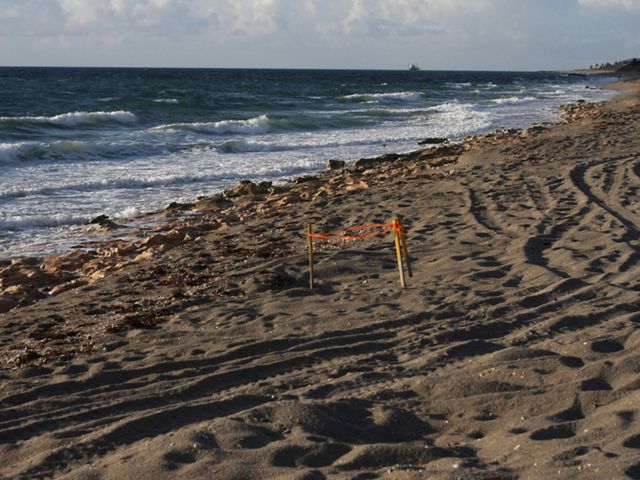
Importance of Sea Turtles
Sea turtles play an important role in the marine ecosystem, influencing the diversity and habitat of their environment and helping to maintain a balance. They consume a range of food sources including seagrasses and seaweed, jellyfish and crustaceans. They migrate vast distances to mate and nest. During their lives, sea turtles face man-made dangers such as water pollution including trash and boating and fishing debris. Their successful nesting is impacted by development and habitat encroachment, beach lighting, and poaching or harvesting. Methods to protect beaches and developed areas such as beach renourishment and coastal hardening like bulkheads and seawalls, are also obstacles.
Quote: Sarah Kittredge
Florida’s Atlantic coast is the world’s primary location for loggerhead sea turtle nesting. With so many loggerheads nesting at Blowing Rocks, we feel it is a critically important location for them.
While sea turtles have existed for 110 million years, the species living today face an uncertain future. All Florida sea turtle species are threatened or endangered. Before protection sea turtles were poached to near extinction for their eggs, meat, skin and shells. The sale of sea turtle shells is illegal in the U.S. and buying sea turtle shell products is illegal in most countries, although trade on the black market continues.
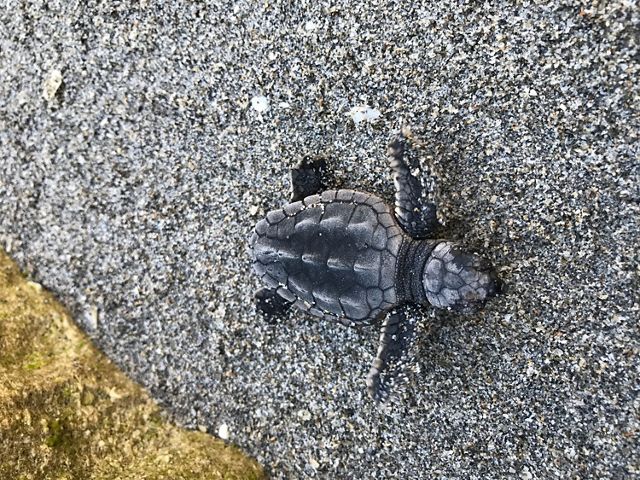
Threats to Sea Turtles
Sea turtles also face shark and nest predation. Climate change also has impacts—warming ocean temperatures, rising seas, and stronger, more frequent storms alter natural habitats. Only about one in 1,000-10,000 marine turtles survive into adulthood, and depending on the species, it may be 15 to 50 years for the animal to reach its sexual maturity. Female sea turtles may breed every two to four years, and often return to the same stretches of beach where they were born, making it even more critical to protect current nesting areas.
There are occasionally some ‘wash backs’—young turtles who are weak who sadly ended up back on the beach in less than good health. Once found, they received immediate care. If rescued turtles require medical care, the Florida Fish and Wildlife Conservation Commission (FWC) provides guidance on where TNC staff can take animals for rehabilitation. Occasionally sea turtles are found to have deadly plastics in their digestive tract. Pollution of this type is a serious threat to the health of marine life.
Over the years, the program has successfully aided in the rescue and release of hundreds of turtles. Occasionally female nesting turtles will become wedged in the rocks, and a team from TNC and FWC will work to free them and safely release them back to the ocean.
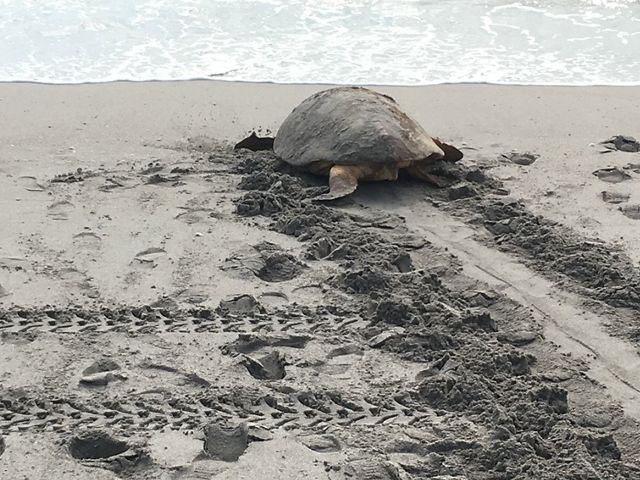
If You Find a Turtle that Needs Help
TNC is doing all it can to ensure safe nesting areas and a secure future for sea turtles, from our efforts to protect and restore coastal habitat and our waters, to our Sea Turtle Rescue Program at Blowing Rocks Preserve. If you find a sea turtle in distress, or to report someone disturbing a sea turtle nest or an injured, dead or harassed sea turtle call: 888-404-FWCC (3922).
